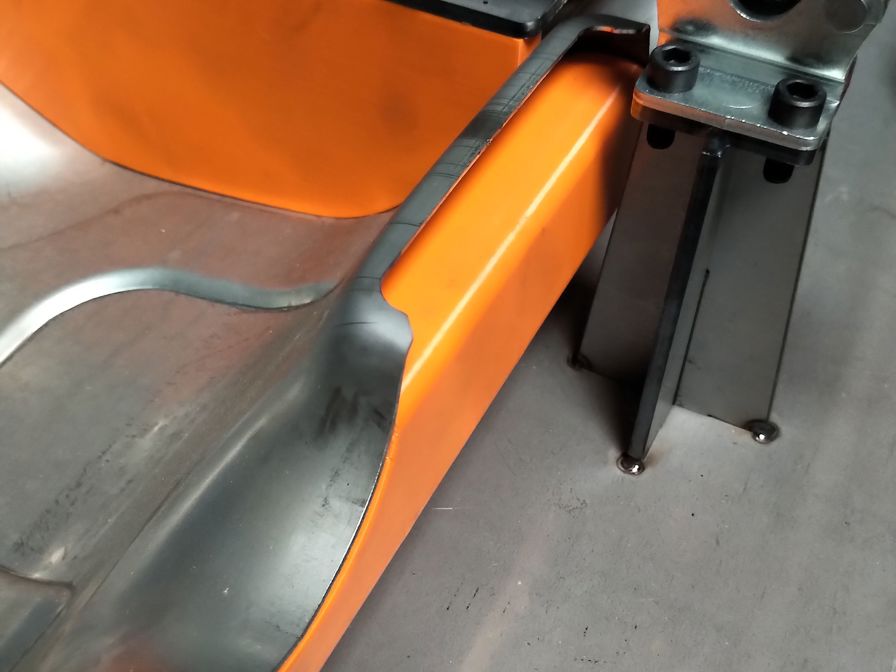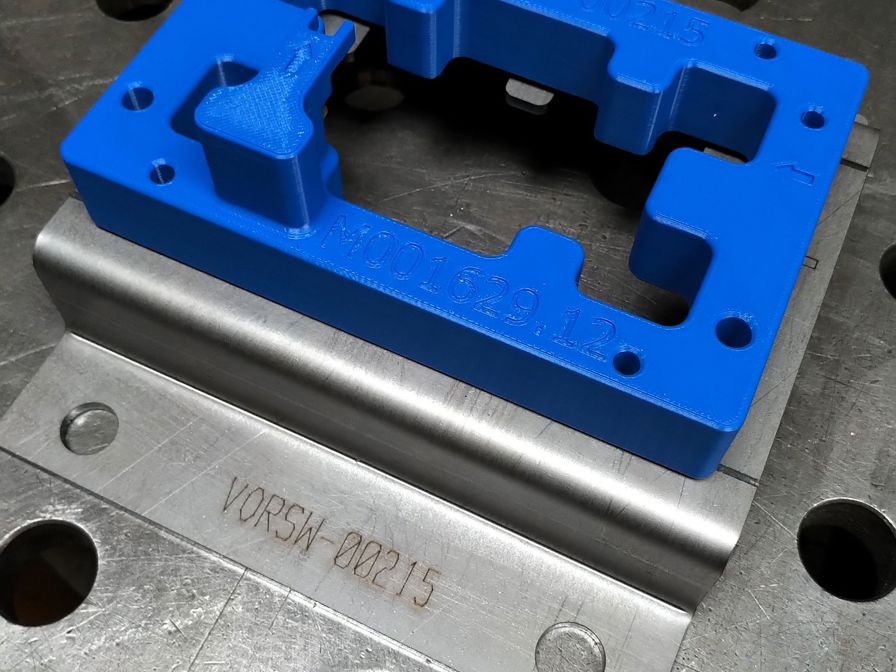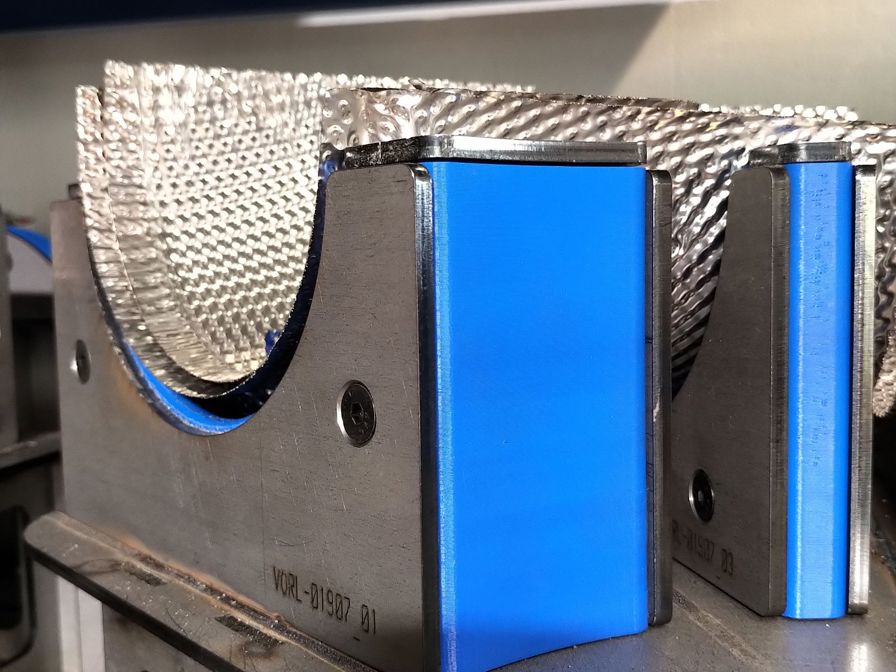Beyond successfully incorporating FDM ABS thermoplastic into fixture and tool production, mawe presstec has extended the use of its F170 3D printer to prototyping. As Werling explained, this has helped advance the company’s customer engagement considerably, since product prototypes help potential and existing customers visualize designs better. Difficult design requests can be analyzed and solved much faster with a physical prototype, which accelerates the overall sales process.
“The F170 has positively impacted our services, as we are able to use 3D printed prototypes effectively in sales discussions and design verification,” Werling added. “Another great tool in shortening the product design cycle is the GrabCAD Print software, which we use to quickly and easily convert CAD files to 3D prints. Specifically, with the newest updates in the last year, the GrabCAD software has made the design stage of our in-house production a lot more comfortable and streamlined.”
Mawe presstec has seamlessly integrated the F170 into it its tooling and fixture production, as well as prototyping needs of the business. It’s a valued addition to the machinery park and production capabilities and allows mawe presstec’s sheet metal experts to focus on the essentials: delivering the best possible sheet metal products to customers.


